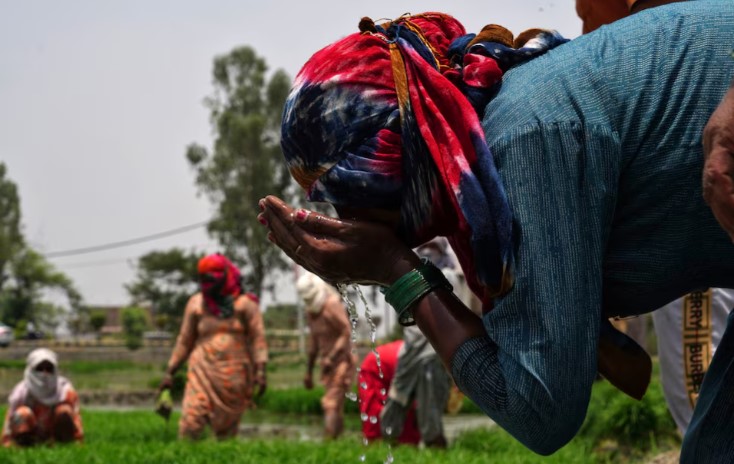Is there a secret to longevity? This health expert says 1,000% yes
In the era of social media, post-COVID, and with mental health at the forefront, a shift is taking […]

It gets hot in India from April up until June when most regions experience summer monsoons. The country is currently experiencing an extraordinary heatwave and people are being killed by the heatstroke. In the eastern state of Odisha, for instance, eight deaths have been reported in the last 72 hours due to energy-related issues.
In May 2024, reports stated that 60 individuals died as a result of energy shortages between March and May this year. Further statistics, however, state that the real death toll may be much higher, particularly in rural areas where underreporting is frequent.
With power disruptions that lasted more than 50 hours in some areas and devastating effects on lives and businesses across the country, this intense heatwave represents India’s longest energy crisis on record, the report by the BBC said.
“This crisis has persisted for an unprecedented 24 days, affecting various parts of the country,” Mrutyunjay Mohapatra of the India Meteorological Department (IMD) told local media.
The expert added that the situation is dire, particularly in northern India, where temperatures have soared to a blistering 45-50°C, intensifying the demand for energy.
Energy crisis in Kerala has also worsened by water shortages and extreme heat, leading to deaths of 18 polling officials who were deployed for general elections in Uttar Pradesh and Bihar. 33 other individuals also lost their lives to the predicament.
The upcoming monsoon season may provide relief, but without significant precautions, energy crises could become more frequent, lasting, and severe.
India, the world’s third-largest emitter of greenhouse emissions, depends largely on coal to cover its energy needs.
Mr. Mohapatra cited “Human activities, increasing population, industrialization, and transportation are contributing to elevated concentrations of carbon monoxide, methane, and chlorocarbons, endangering not just our present but also our future generations.”
As the nation grapples with this catastrophic crisis, activists have called for an urgent need for long-term solutions to assure energy security and limit the effects of climate change. The demand for renewable energy sources and upgraded infrastructure has never been clearer or more essential.

In the era of social media, post-COVID, and with mental health at the forefront, a shift is taking […]

With its fast speeds and revolutionary potential, 5G stands out as a noteworthy milestone in the field of […]